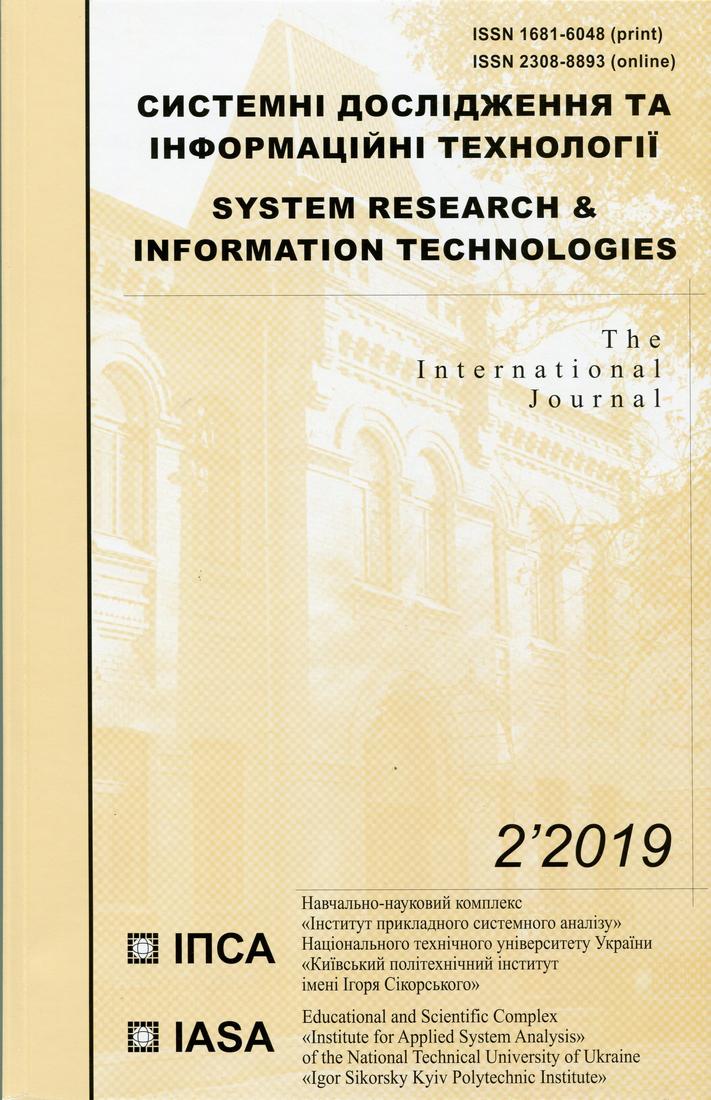Empirical investigation on influence of Moon’s gravitational-field to Earth’s global temperature
DOI:
https://doi.org/10.20535/SRIT.2308-8893.2019.2.02Keywords:
global temperature, Moon’s gravitational field, gravitational wave, multicollinearityAbstract
This research examined a possibility of the Moon’s gravitational-wave that may influence Earth’s global temperature, with a mathematical method of empirical analysis with the data of the global temperature, global carbon dioxide, and the distance between Moon and Earth. We made the regression analysis of the global temperature over the factors of Moon’s gravitational field taken from the General Theory of Relativity and from the Newton’s gravity theory, with the data of the carbon-dioxide. The result shows that Newton’s gravitational field is related to Earth’s global temperature, while the influence of Moon’s gravitational wave is negligible. However, we also found a possibility that the gravitational wave could contribute to Moon’s gravitational-field upon the analysis of multicollinearity of two factors taken from Newton’s theory and the General Theory of Relativity.References
Matsuki Y. Empirical analysis of moon’s gravitational wave and Earth’s global warming / Y. Matsuki, P.I. Bidyuk // System Research & Information Technology. — N 1. — 2018. — P. 107–118.
Matsuki Y. Analysis of Moon’s gravitational-wave and Earth’s global temperature: influence of time-trend and cyclic change of distance from Moon / Y. Matsuki, P.I. Bidyuk // System Research & Information Technology. — N 3. — 2018. — P. 19–30.
Dirac P.A.M. General Theory of Relativity / P.A.M. Dirac. — Florida University, A Wiley-Interscience Publication, John Wiley & Sons, New York, 1975. — P. 69.
UK Department of Energy and Climate Change (DECC). — Available at: http:// en.openei.org/datasets/dataset/b52057cc-5d38-4630-8395-b5948509f764/ resource/f42998a9-071e-4f96-be52-7d2a3e5ecef3/download/england.surface. temp1772.2009.xls
Boden T.A. Global Regional and National Fossil-Fuel CO2 Emissions / T.A. Boden, G. Marland, R.J. Andres. — Available at: cdiac.orbl.gov/trends/emits/tre_ glob.html cdiac.ornl.gov/trends/emits/tre_glob.html (last access, 8 August 2017)
Moon Distance Calculator – How Close is Moon to Earth?. — Available at: https:// www.timeanddate.com/astronomy/moon/distance.html?year=1987&n=367

